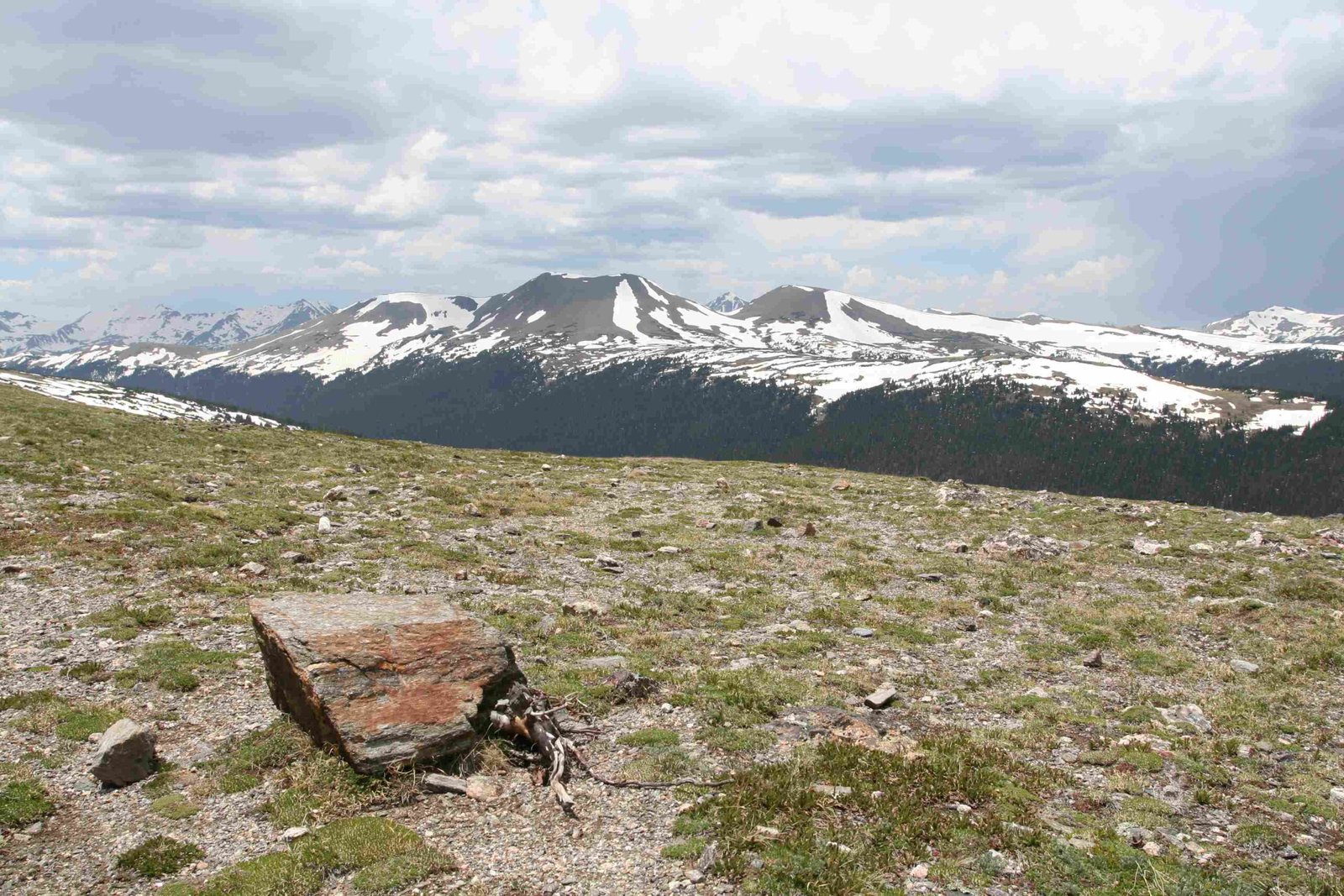Rocky Mountain National Park offers a unique vantage point for viewing solar eclipses, combining stunning mountain landscapes with celestial phenomena. While the park won’t experience totality during the April 8, 2024 eclipse, it still provides an excellent opportunity to witness a partial solar eclipse. This guide covers the best viewing locations, safety tips, photography techniques, and essential information for experiencing this rare event in one of America’s most beautiful national parks.
What Are the Best Spots for Viewing the Solar Eclipse in Rocky Mountain National Park?

Rocky Mountain National Park boasts numerous locations ideal for observing the partial solar eclipse on April 8, 2024. While the park won’t be in the path of totality, several areas offer unobstructed views of the sky, perfect for witnessing this celestial event:
-
Trail Ridge Road: As the highest continuous paved road in North America, it provides expansive views of the sky and surrounding mountains.
-
Alpine Visitor Center: Situated at 11,796 feet, it offers a high-altitude vantage point for eclipse viewing.
-
Bear Lake: This easily accessible location features open views of the sky reflected in the lake’s surface.
-
Moraine Park: A vast open area with minimal obstructions, ideal for group viewing.
-
Longs Peak Trailhead: While the summit requires a strenuous hike, the trailhead area offers clear views of the sky.
Remember, the park’s high elevation means weather can change rapidly, so have backup locations in mind.
When Is the Best Time to View the Solar Eclipse at Rocky Mountain National Park?

The partial solar eclipse at Rocky Mountain National Park on April 8, 2024, will occur during the following timeframe:
- Start of partial eclipse: Approximately 11:30 AM MDT
- Maximum eclipse: Around 12:40 PM MDT
- End of partial eclipse: About 2:00 PM MDT
Note that these times are approximate and may vary slightly depending on your exact location within the park. It’s advisable to arrive at your chosen viewing spot well in advance to secure a good position and set up any equipment.
What Equipment Do I Need for Eclipse Viewing and Photography?
To safely view and photograph the partial solar eclipse at Rocky Mountain National Park, you’ll need:
-
Solar Eclipse Glasses: ISO 12312-2 compliant glasses are essential for direct viewing.
-
Camera Equipment:
- DSLR or mirrorless camera with manual settings
- Telephoto lens (200mm or longer)
- Sturdy tripod
- Solar filter for your camera lens
-
Remote shutter release (optional but recommended)
-
Additional Gear:
- Sunscreen and hat
- Water and snacks
- Warm layers (weather can be unpredictable at high altitudes)
How Can I Ensure Safe Viewing of the Solar Eclipse?
Safety is paramount when observing a solar eclipse. Follow these guidelines:
-
Use Proper Eye Protection: Always wear ISO 12312-2 compliant solar eclipse glasses when looking at the sun.
-
Protect Your Camera: Use a certified solar filter on your camera lens to prevent damage to the sensor.
-
Never Look Directly at the Sun: Even during a partial eclipse, direct viewing without proper protection can cause severe eye damage.
-
Stay Informed: Listen to park rangers and follow any safety instructions or updates they provide.
-
Be Prepared for Altitude: Rocky Mountain National Park’s high elevation can cause altitude sickness. Stay hydrated and take it easy if you’re not acclimated.
What Photography Tips Can Enhance My Eclipse Photos?
Capturing the partial solar eclipse at Rocky Mountain National Park requires some preparation and technique:
-
Use Manual Settings: Set your camera to manual mode for full control over exposure.
-
Bracket Your Shots: Take multiple exposures of the same scene to ensure you capture the best image.
-
Include Landscape Elements: Incorporate the park’s stunning scenery into your eclipse photos for unique compositions.
-
Focus on the Sun’s Edge: Use manual focus to sharpen the edge of the sun where the eclipse is most visible.
-
Experiment with Filters: Try using different neutral density filters in addition to your solar filter for varied effects.
Here’s a table of suggested camera settings to start with:
| Phase of Eclipse | Aperture | Shutter Speed | ISO |
|---|---|---|---|
| Partial Eclipse | f/8 | 1/4000 sec | 100 |
| Maximum Eclipse | f/11 | 1/1000 sec | 200 |
Remember to adjust these settings based on your specific equipment and lighting conditions.
What Other Activities Can I Enjoy During the Eclipse Event?
While the solar eclipse is the main attraction, Rocky Mountain National Park offers numerous activities to enhance your visit:
-
Ranger-Led Programs: Check if the park is offering special eclipse-themed talks or walks.
-
Hiking: Explore the park’s extensive trail system before or after the eclipse.
-
Wildlife Viewing: Observe how animals react to the changing light during the eclipse.
-
Stargazing: If you’re staying overnight, take advantage of the park’s dark skies for stargazing.
-
Photography Workshops: Look for any special eclipse photography workshops offered by the park or local organizations.
How Should I Plan My Visit to Rocky Mountain National Park for the Eclipse?
Planning is crucial for a successful eclipse viewing experience:
-
Make Reservations Early: Accommodations and campsites fill up quickly for eclipse events.
-
Check Park Regulations: Verify any special rules or restrictions for the eclipse day.
-
Arrive Early: Expect increased traffic and plan to arrive at your viewing spot well before the eclipse begins.
-
Have a Backup Plan: Weather can be unpredictable, so have alternative viewing locations in mind.
-
Leave No Trace: Follow park guidelines to minimize your impact on the environment.
By following these guidelines and tips, you’ll be well-prepared to experience the awe-inspiring partial solar eclipse at Rocky Mountain National Park. Remember to prioritize safety, respect the park’s natural beauty, and enjoy this rare celestial event in one of America’s most stunning landscapes.
References:
1. Rocky Mountain National Park Official Website
2. NASA Eclipse Website
3. American Astronomical Society Solar Eclipse Page
4. National Park Service Eclipse Safety Guidelines

